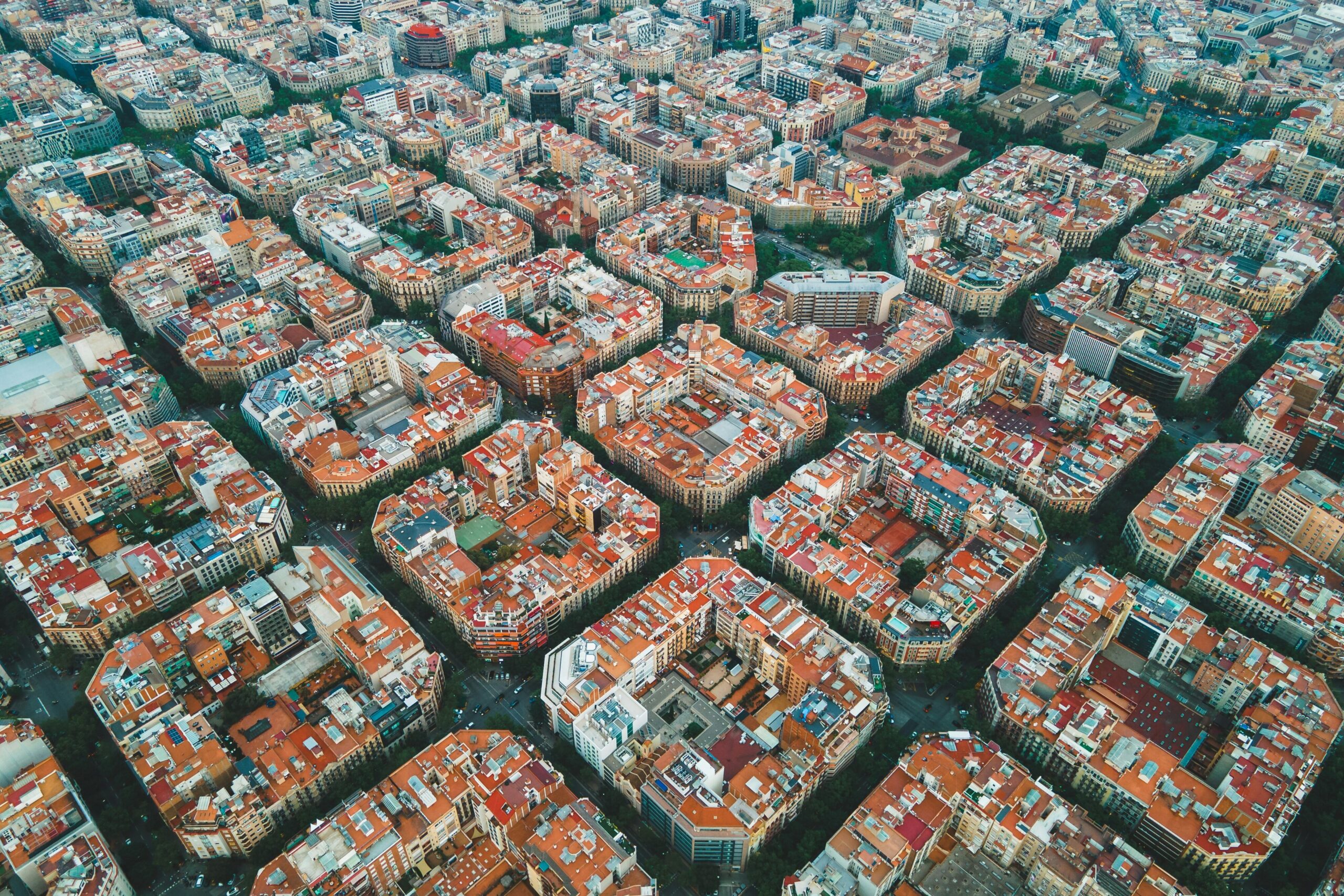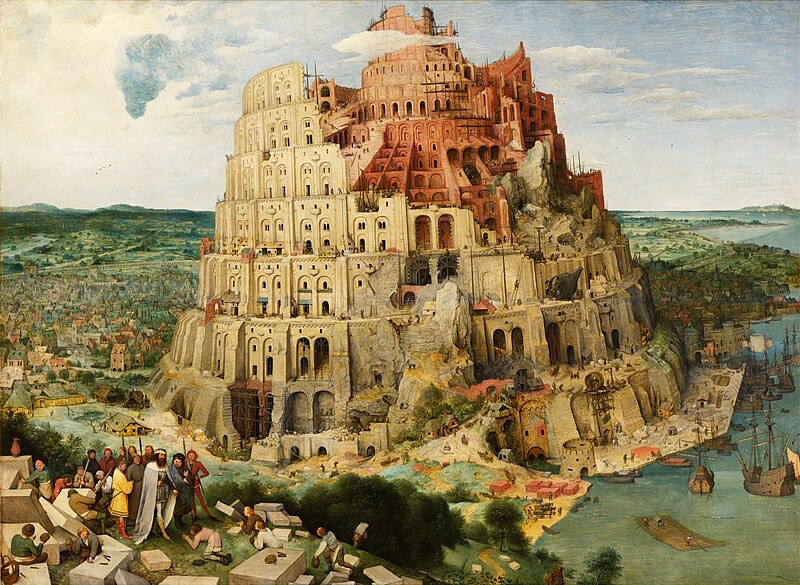
Flatness has shaped the modern world, not just in design but in the way we build our cities, construct our roads, and define our landscapes. The pursuit of smooth, uniform surfaces has dominated urban planning, transportation, and even our perception of nature. While towering structures symbolize human ambition and achievement, the flattened world remains largely unnoticed, a silent foundation for movement and efficiency.
The Geometry of Control: Flattening Cities
Since the seventeenth century, Western urban planning has been driven by an obsession with order and rationality. The chaotic, winding streets of medieval cities gave way to grid-like systems, expansive boulevards, and rigid spatial planning. Bernd Hüppauf argues that this shift, particularly in Europe, was not merely aesthetic but political: a way to eradicate the unpredictability of organic urban growth and impose an authoritative clarity on public space. Nowhere was this more aggressive than in the transformation of 19th-century Paris under Baron Haussmann. Narrow alleys and medieval quarters were erased, replaced by wide, straight avenues designed for visibility, speed, and control.
Modern transport technologies accelerated this trend. Roads, once diverse in shape and material, were gradually homogenized to accommodate wheeled transport. Smooth asphalt, engineered for speed and comfort, became the default. In this way, the flattening of the world became an invisible prerequisite for modern mobility.
The Vertical and the Sacred
Yet while we have worked tirelessly to flatten the world, it is elevation that commands our admiration. From ancient ziggurats to the skyscrapers of today, height has long been associated with divinity and power. The biblical Tower of Babel was an architectural manifestation of human hubris, an attempt to reach the heavens. In contrast, flatness remains uncelebrated. The ocean, the ultimate expression of flatness, exists as a paradox: a single, connected entity that covers the majority of the planet, yet one that appears vast and empty when perceived from its surface.

Flat landscapes, too, are often seen as monotonous, even oppressive. The endless plains of the American Midwest or the featureless steppes of Central Asia have historically been depicted as places of exile, isolation, or existential unease. Psychological studies suggest that exposure to flat, homogeneous environments can have negative effects on mental health, reinforcing a sense of disorientation and monotony. In contrast, mountains, irregular and sublime, have long inspired awe.
The Mountain as a symbol of the Sublime

In Western philosophy, the mountain has been a symbol of the sublime: a force beyond human control, evoking both terror and admiration. Think of the Alps in Romantic painting or the philosophical reverence for rugged landscapes in the work of Edmund Burke. In Eastern traditions, however, mountains hold a different significance. In Chinese landscape painting, peaks rise not to intimidate but to harmonise with the surrounding world, embodying balance and spiritual ascent. The experience of elevation is not just about power but about connection, a reminder of our place within the cosmos.
Rethinking Architecture and Design
The implications for design are profound. Architecture has frequently pursued flatness—evident in urban planning, standardised housing, and the seamless surfaces of modern interiors. Yet, as we reconsider the spaces we inhabit, an important question arises: What is lost in this relentless pursuit of smoothness?
Just as roads once had diverse forms before being streamlined for efficiency, our built environments could embrace richer experiential qualities grounded in their intended function. Whether leaving spaces intentionally blank, openly integrating natural elements, or creating bold contrasts, architects have opportunities to actively collaborate with nature, resulting in what can be called a more responsive “living machine.”
When scaled down to handheld objects, natural elements become subtler, visually less prominent but symbolically potent. Shapes referencing animals or abstract symbols can evoke imagination beyond functional necessity. Although vision usually dominates our decisions regarding materials and functions, holding an object introduces an additional dimension: tactile experience. Our hands naturally interact with objects in three dimensions, sensing texture, weight, and form simultaneously. This tactile interaction fundamentally aligns with human nature—especially pronounced in visually impaired individuals, whose heightened tactile sensitivity highlights human adaptability.
Le Corbusier famously remarked, “Chairs are architecture, sofas are bourgeois.” Designing small-scale products can indeed be as complex as constructing buildings. Can we thus achieve a similar level of architectural richness—multi-sensory and functional—at a handheld scale?
Hands inherently prefer three-dimensional sensory interactions. Flatness, while visually appealing, often neglects this tactile richness. Inspired by tactile perception, designer Boey challenges the prevailing “flatness mindset,” embracing a sensory-driven, three-dimensional design approach. Initially counterintuitive, Boey’s mission—to create aesthetically pleasing products specifically for visually impaired users—reveals a deeper truth: genuine usability and sensory delight transcend conventional definitions of beauty.

By crafting cooking tools guided primarily by the intuitive logic of the hands, Boey disrupts conventional, visually-dominated flat design, making cooking accessible, intuitive, and enjoyable, particularly for visually impaired users. In our next blog, we’ll further explore Boey’s thoughtful tactile decisions—choices that are both universally appealing and functionally effective.
No comments.